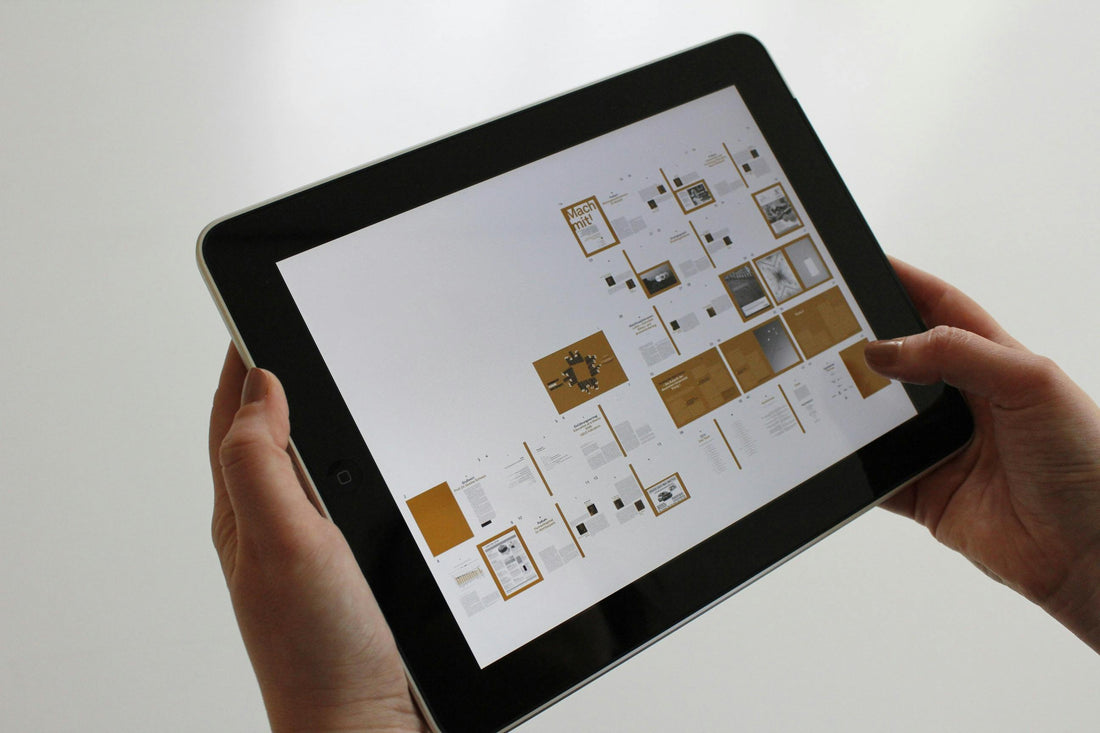
Display touch technology: from single point to multi-point, from resistance to optical
Share
As an important way of human-computer interaction, display touch technology has profoundly changed the way we interact with electronic devices. From early single-point touch to today's multi-point touch, from resistive to capacitive to optical, touch technology continues to evolve, bringing users a more convenient and intuitive operating experience.
Classification of touch technology
According to different working principles, touch technology can be mainly divided into the following categories:
-
Resistive touch screen: Detects touch position through pressure changes between two conductive layers, low cost, but low accuracy, does not support multi-touch.
-
Capacitive touch screen: Detects touch position using human body electric field induction, high accuracy, supports multi-touch, and is the current mainstream touch technology.
-
Optical touch screen: Detects touch position using infrared or camera, can achieve large-size touch screen, but the cost is high.
- Surface acoustic wave touch screen: Detects touch position using sound waves propagating on the screen surface, strong anti-interference ability, but the cost is high.
Detailed explanation of flow touch technology
Capacitive touch screen:
-
Surface capacitive: Cover a transparent conductive layer on the glass surface, and determine the position by detecting the capacitance change of the touch point. It has low cost, but is easily affected by the environment;
- Projected capacitive: Form a criss-cross electrode matrix on the glass surface, and determine the touch position by detecting the capacitance change between the electrodes. It has high precision and supports multi-touch. It is the most widely used touch technology at present.
Optical touch screen:
-
Infrared: Install infrared transmitters and receivers around the screen, and determine the touch point by detecting the position where the infrared is blocked. It can realize a large-size touch screen, but it is easily disturbed by ambient light;
- Camera: Install a camera above the screen, and determine the touch position by capturing the finger image. It can achieve high-precision touch, but the cost is high.
Development trend of touch technology
-
Higher precision: With the continuous improvement of display resolution, the accuracy of touch screens also needs to be improved accordingly to meet users' needs for fine operation;
-
Lower power consumption: With the popularization of mobile devices, the power consumption of touch screens also needs to be further reduced to extend the battery life of devices;
-
More functions: In the future, touch screens will not only be limited to click and slide operations, but will also support more gesture recognition and pressure sensing functions, bringing users a richer interactive experience;
- Wider applications: Touch technology will not only be used in consumer electronics such as mobile phones and tablets, but will also be widely used in automotive, medical, industrial control and other fields.
Challenges facing touch technology
-
Cost control: As the size of touch screens increases and their functions increase, cost control will become a major challenge;
-
Anti-interference ability: Touch screens need to have stronger anti-interference ability to cope with complex usage environments;
- Durability: Touch screens need to have a longer service life to meet user needs.
As an important way of human-computer interaction, display touch technology is constantly developing and improving. I believe that with the continuous advancement of technology, touch screens will bring us a more convenient, intuitive and intelligent operating experience, and promote the continuous innovation of human-computer interaction.
